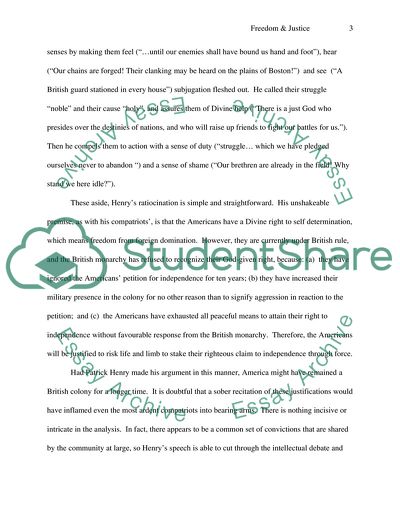Cite this document
(Analysis of Olson's Dictatorship, Democracy, and Patrick Henry's Research Paper, n.d.)
Analysis of Olson's Dictatorship, Democracy, and Patrick Henry's Research Paper. Retrieved from https://studentshare.org/politics/1726686-freedom-justice
Analysis of Olson's Dictatorship, Democracy, and Patrick Henry's Research Paper. Retrieved from https://studentshare.org/politics/1726686-freedom-justice
(Analysis of Olson's Dictatorship, Democracy, and Patrick Henry'S Research Paper)
Analysis of Olson's Dictatorship, Democracy, and Patrick Henry'S Research Paper. https://studentshare.org/politics/1726686-freedom-justice.
Analysis of Olson's Dictatorship, Democracy, and Patrick Henry'S Research Paper. https://studentshare.org/politics/1726686-freedom-justice.
“Analysis of Olson's Dictatorship, Democracy, and Patrick Henry'S Research Paper”, n.d. https://studentshare.org/politics/1726686-freedom-justice.


